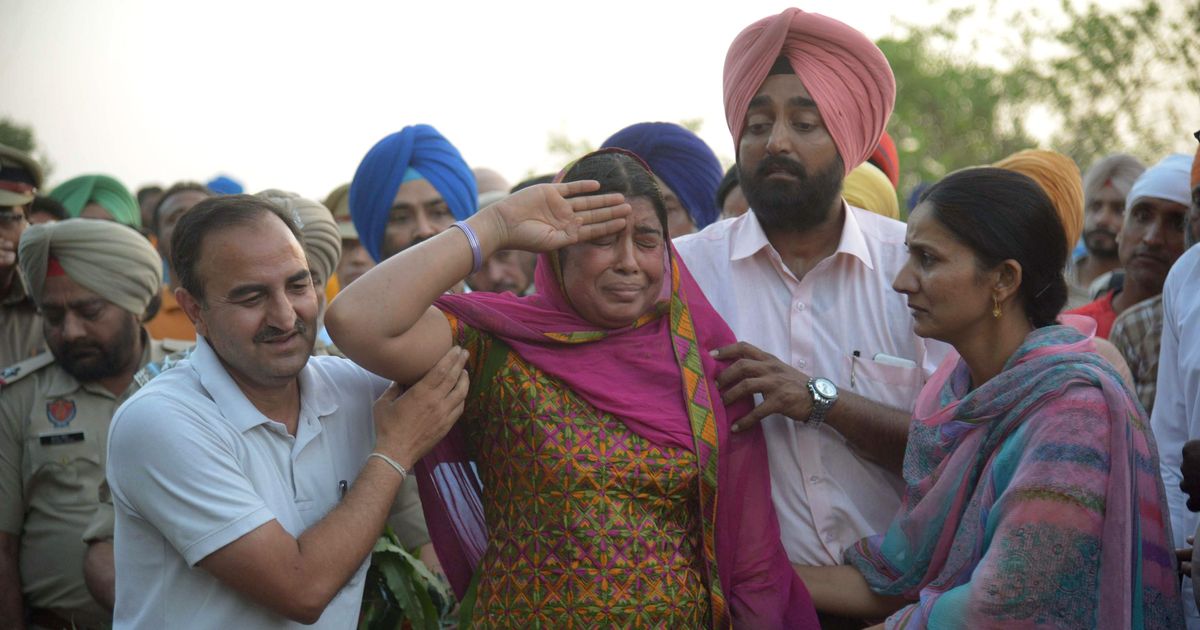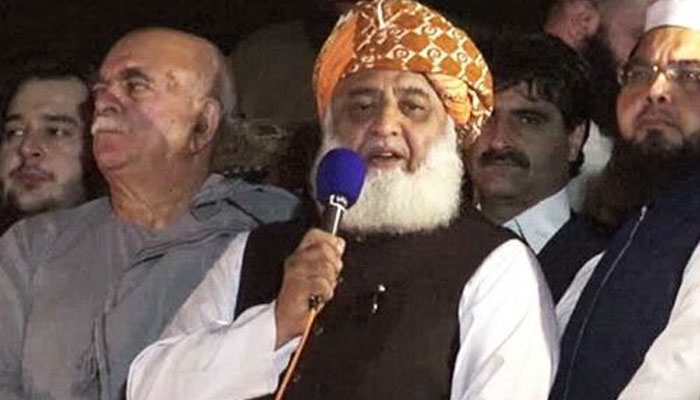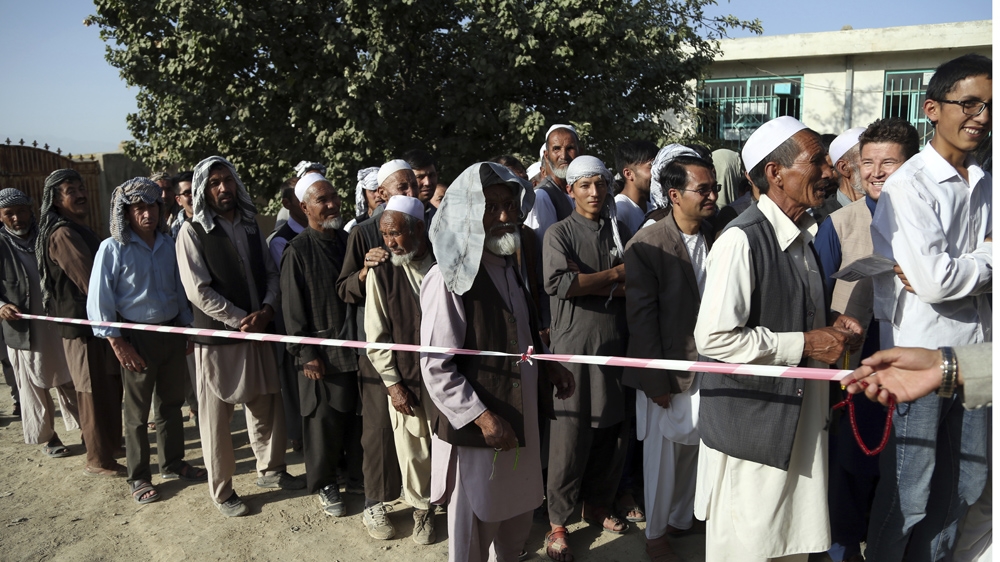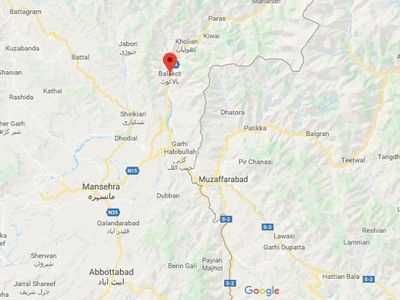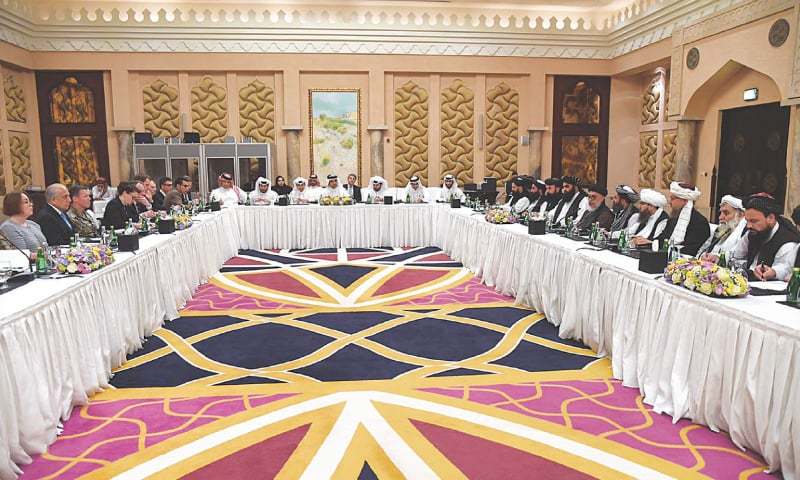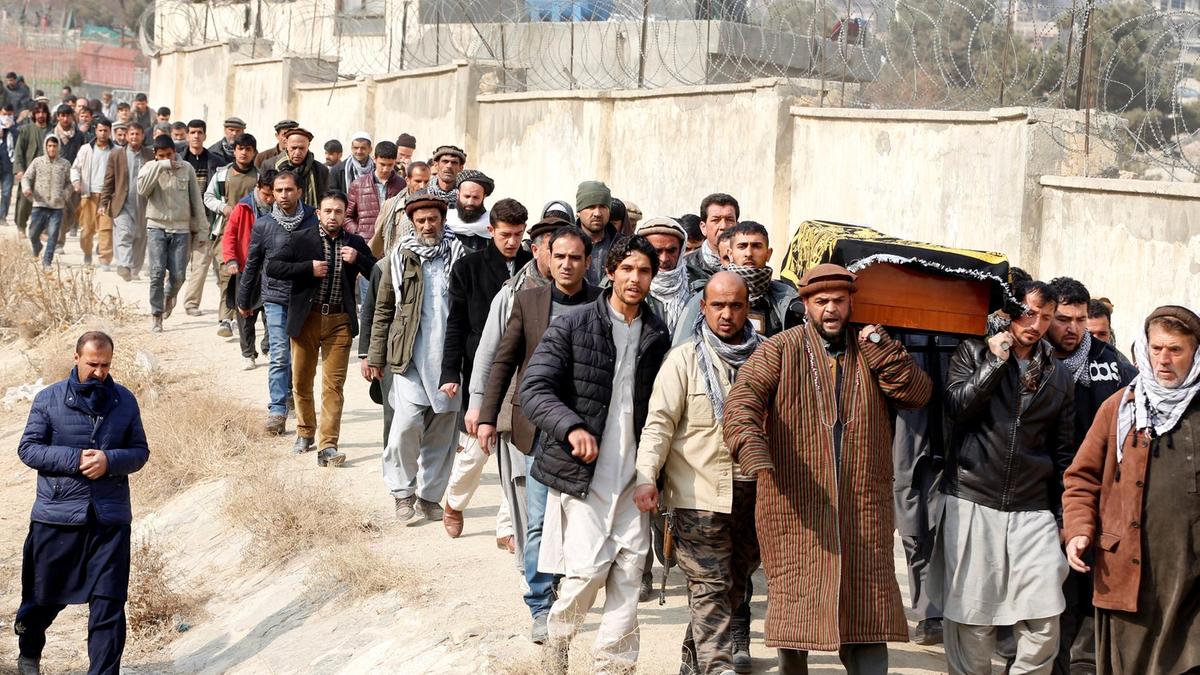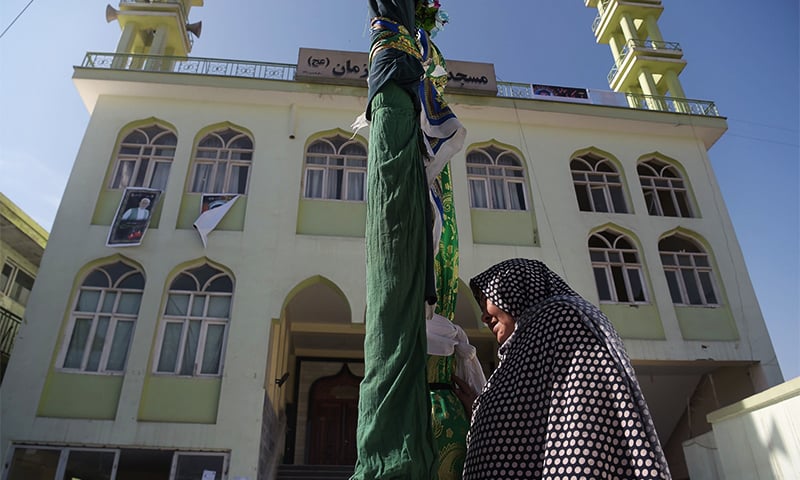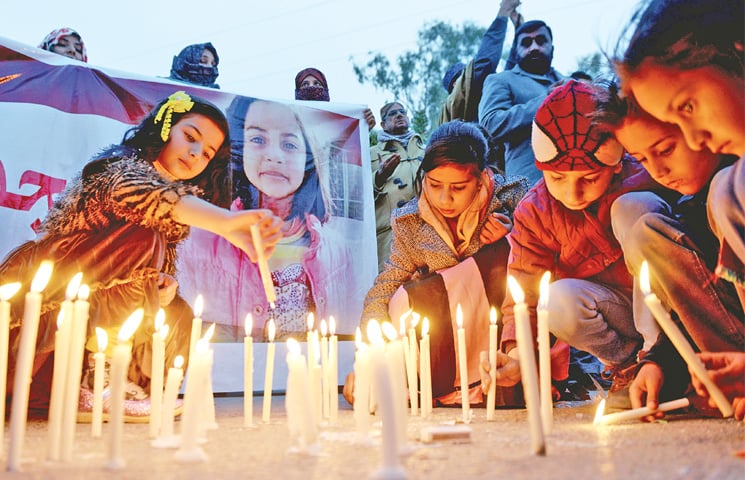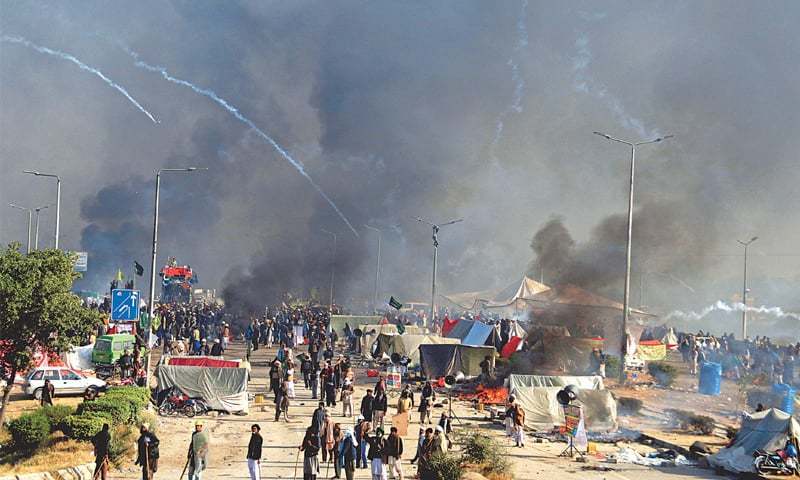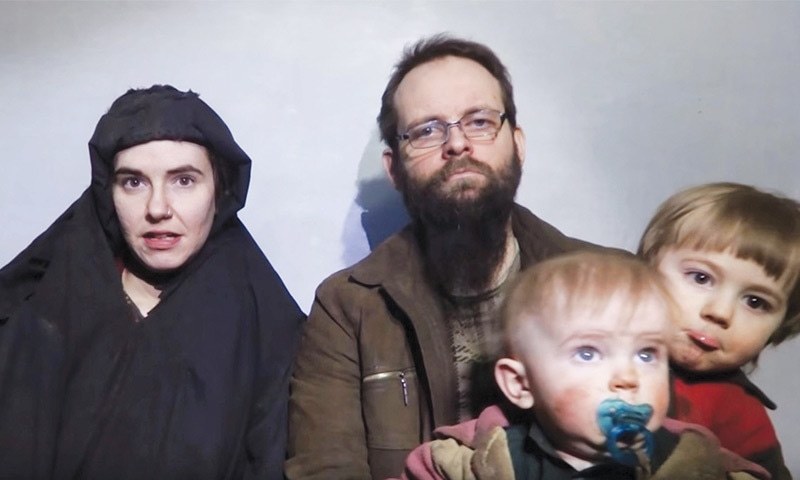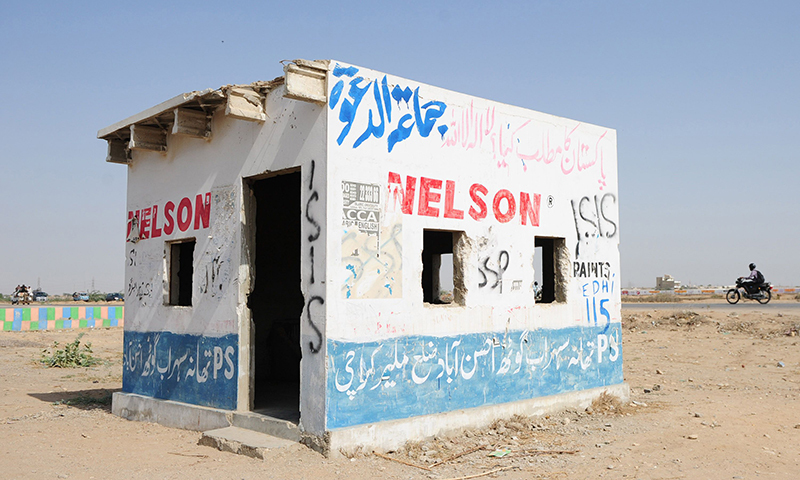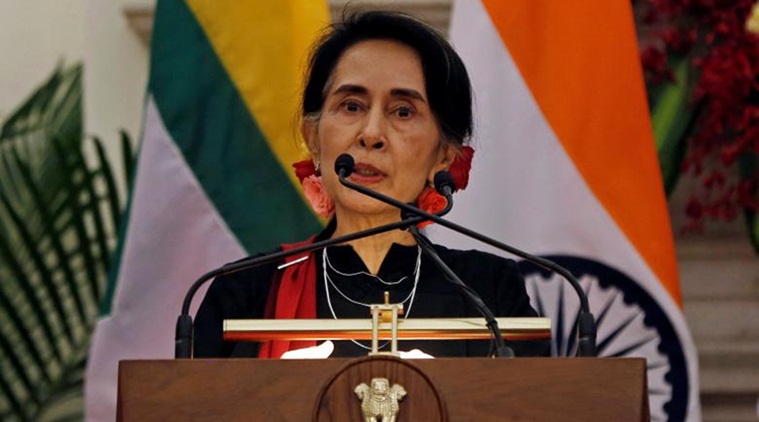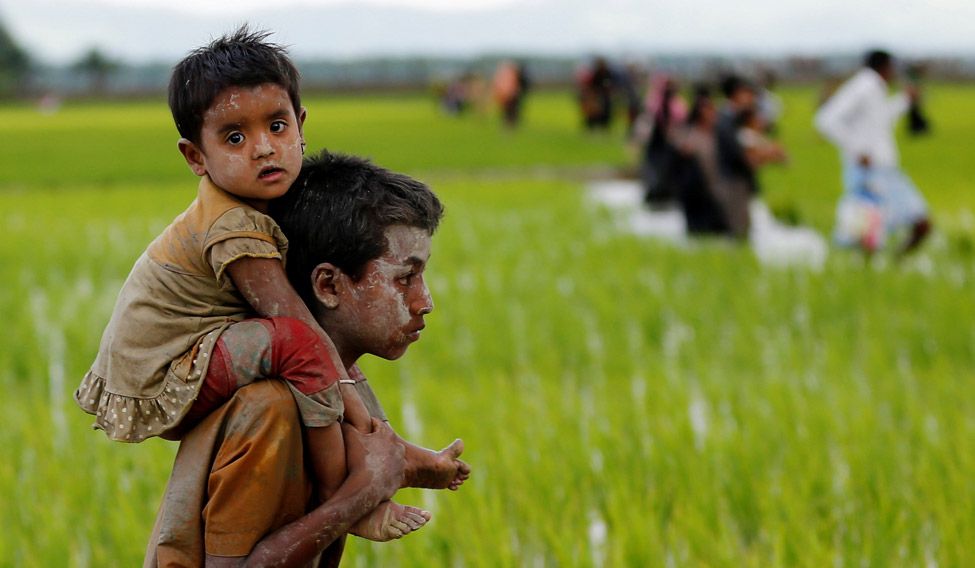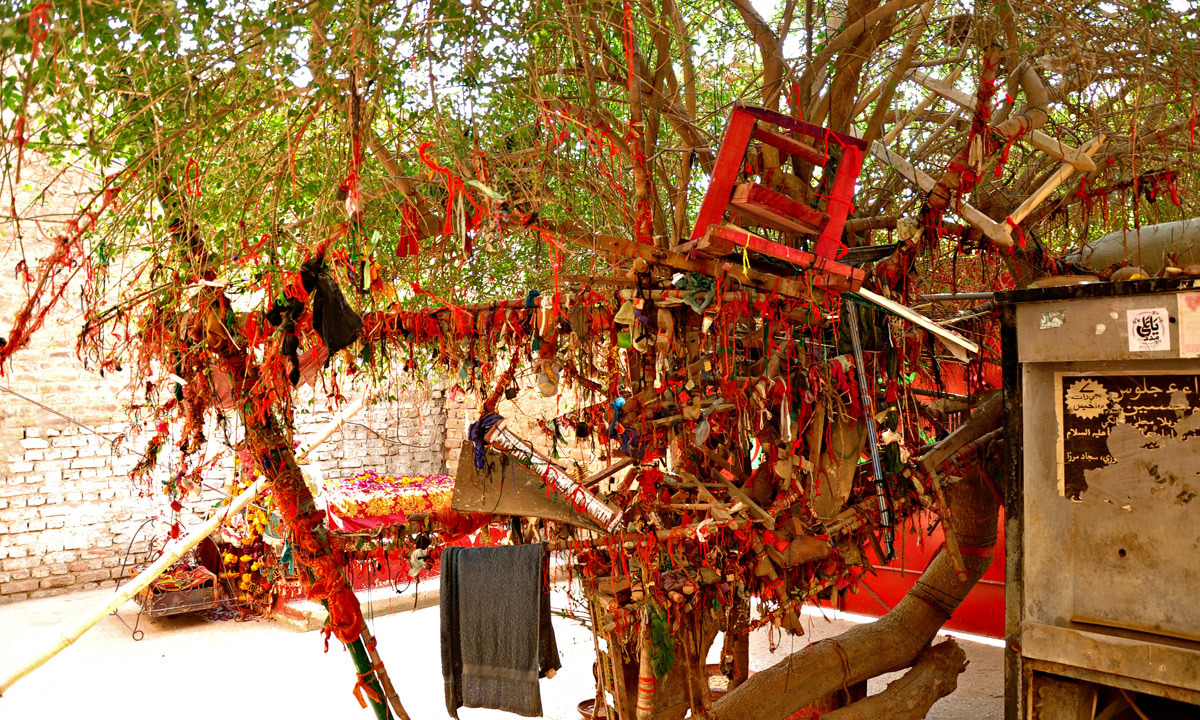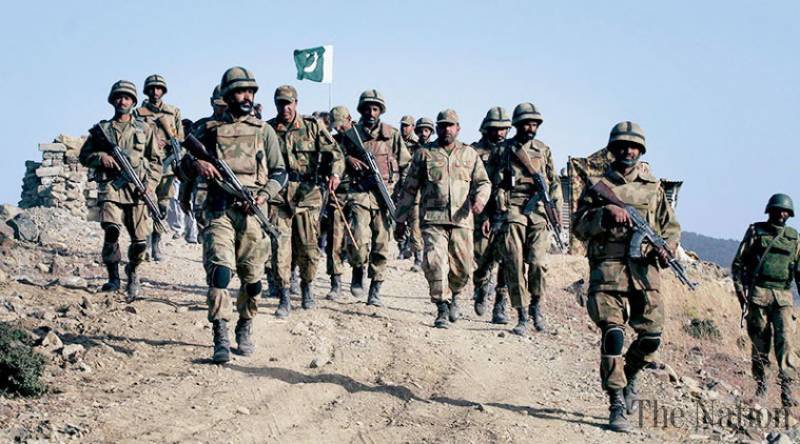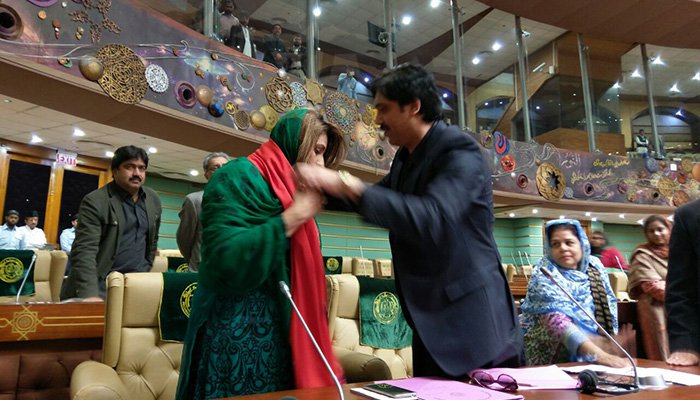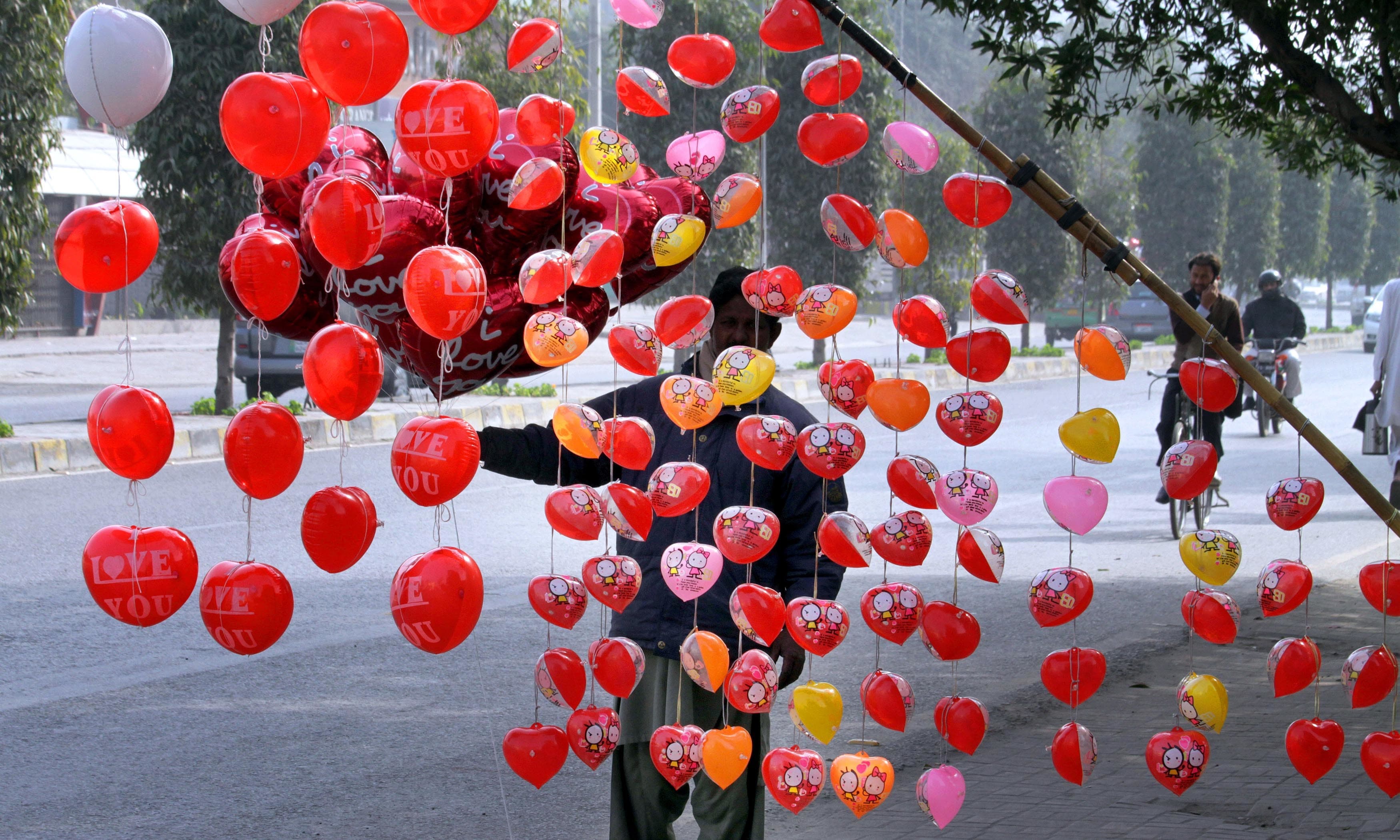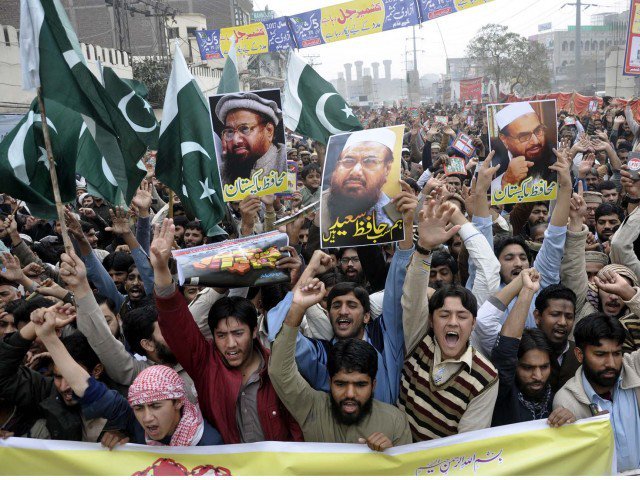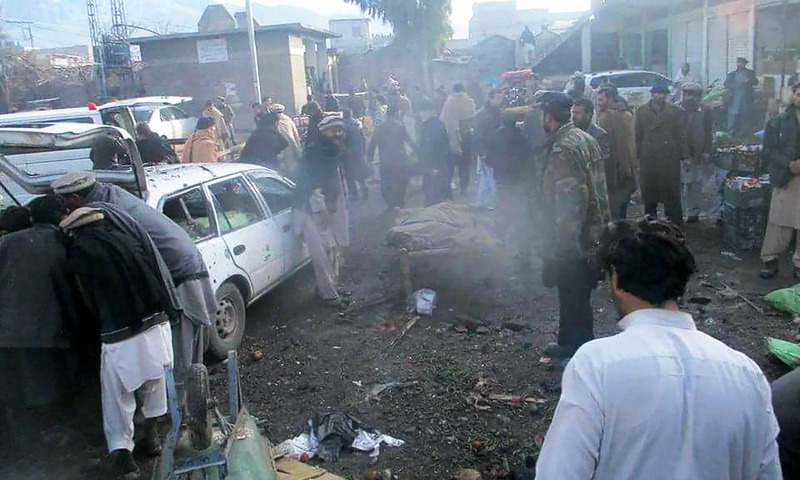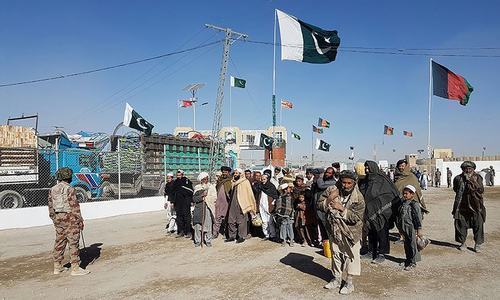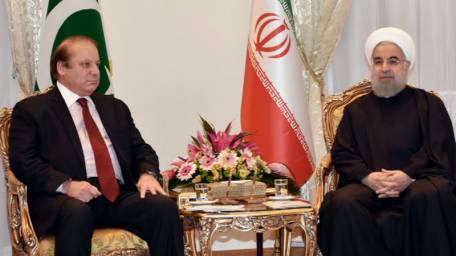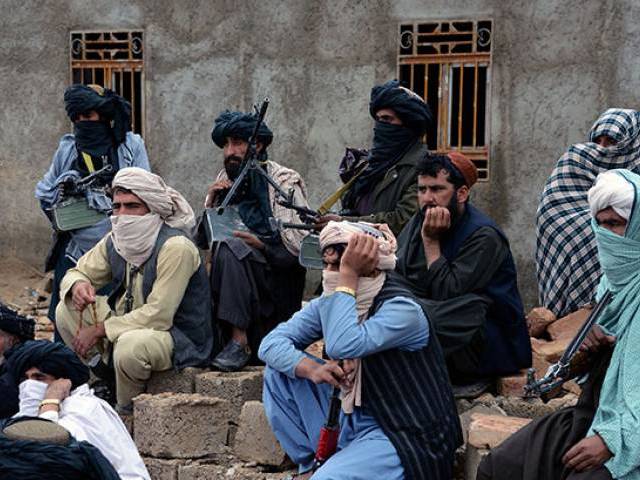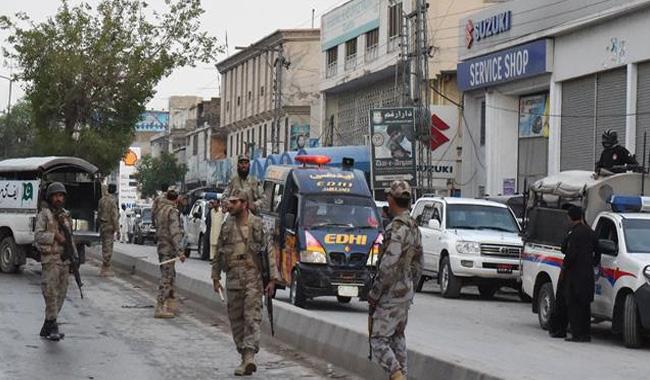
The Establishment has successfully flattened the militant movement with its heavy use of force, with little or no care for human rights. The State is using violence against the Baloch militants as a primary strategy. Given the domestic and external support or the lack of it, Baloch militancy has little future.
Conflict Reader # 40, 30 November 2017
CR Analysis
D. Suba Chandran
Professor
International Strategic and Security Studies Programme (ISSSP)
National Institute of Advanced Studies (NIAS), Bangalore
Despite multiple incidents relating to violence in contemporary Balochistan including a series of suicide attacks, there is not much attention either in the national media, or a political debate within and outside the Parliament in Islamabad. In fact, the on going demonstration by the Labbaik in Islamabad has been given more space in the print, electronic and social media, than multiple incidents of violence within Balochistan during the recent months.
Clearly, there is a slow burn within Balochistan. The rest of Pakistan may be well aware, but are focussed on other developments in Sindh, Punjab and KP. Had it not been for the recent killing of Punjabi migrants in Balochistan and the suicide attacks on senior police officers in Quetta, for the rest of Pakistan, violence in Balochistan is normal and business as usual.
Precisely for the above reason, the slow burn will continue in Balochistan. Consider the following.
Balochistan: One Province, Five Actors, Multiple Issues
The contemporary problem within Balochistan has to be viewed outside tribal insurgency and the Sardars. One could count five actors; some of them are old and others are recent. Some are losing ground, and others are gaining. Some are bulldozed by the State; others, being silently supported.
The first actor – the Sardars, are the oldest and is fast fading within Balochistan. Known for their leadership during the British period and immediately after the partition, the new generation was certainly looking at the Sardar as a political actor. No more. The middle-class Baloch are expanding; as more the Baloch ventures outside the province, one should expect a further decline in Sardar’s hold over the society.
Second actor – the Baloch militant – is also facing a tough environment. The Establishment has successfully flattened the militant movement with its heavy use of force, with little or no care for human rights. The State is using violence against the Baloch militants as a primary strategy. Given the domestic and external support, or the lack of it, Baloch militancy has little future.
The third actor – is the new one within Balochistan – the sectarian militants, with their base in Punjab. The Lashkar-e-Jhangvi and its affiliates have been making inroads within Balochistan that is known little for sectarian violence. Now, Quetta has become a sectarian ground, especially for the militants to go after the Hazara community. Since 2012, one could trace an increase in attacks against the Hazaras in Balochistan. And also on the Shia pilgrims on their way to or from Iran. The perpetrators are not the locals.
The fourth actor is the Taliban – both the Afghan and Pakistani. Since the days of Mullah Omar, the Afghan Taliban has shifted its headquarters to Quetta – thereby the name – the Quetta Shura. While the Quetta Shura has been concentrating more on Afghanistan, the Pakistani Taliban has been expanding its activities into Balochistan as well. Some of the recent attacks on the State include high profile suicide attacks on police officers and the para-militaries.
Finally, the latest entrant – the ISIS. Though the ISIS is not as powerful as the other actors, it is trying to establish a base. It has claimed few recent attacks in Balochistan, including the suicide bombing of Sufi shrine in the province.
While the atrocities of the above actors get noticed and found mentioned in the media, the role of Establishment and intelligence agencies go under/un-reported – for obvious reasons. Fear of reporting among those who would complain, and the impunity of the perpetrator, thanks to the lack of proper institutions and accountability.
Besides, the above, there are new issues as well. A violence mapping would reveal that there is a shift in geography - from tribal to urban. It would also reveal, the primary perpetrator is non-Baloch, whereas the primary victims are Baloch. Though there have been cases of non-Baloch people, for example, the Punjabi migrants as has been the recent case, they are more of an exception.
Internal Awareness: Five Reasons for the lack of it
Is there an adequate understanding and seriousness internally within Pakistan about what is happening in this province?
Hardly. And for this reason, the slow burn in Balochistan will continue. Five reasons could be identified for the lack of national interest in Balochistan. First, the Establishment controls Pakistan’s Baloch strategy. As a result, there is no major debate in the Parliament on any effective political package. The PPP government did attempt one during its rule, but remains ineffective. The reason is simple: the Establishment regulates Pakistan’s Endgame in Balochistan.
Second, the other provinces of the federation are too occupied with their own internal developments and ignore developments within Balochistan. The national conscience, if there is one, is more concentrated towards Punjab, FATA, KP and Sindh (in that order) and Balochistan figures last.
Third, the political parties – both at the national level and provincial levels do not have sufficient focus and power to influence the public opinion on Balochistan. Unfortunately for the province, the national parties such as the PML-N, PPP and PTI do not have a strong presence in Balochistan, and the regional Baloch parties do not have adequate voice at the national level. With the ageing of Bugti-Mengal-Marri leadership, the present Baloch generation also lacks a strong voice in Islamabad. Leaders like Akbar Bugti and their deeds may form the Baloch folklore, but not sufficient enough to carry forward their political mantle.
Fourth, the media in Pakistan – print, electronic and social is too pre-occupied with other issues. Ironically, Qandeel Baloch, the murdered Pakistani model would have occupied more media space in the recent past, than any of the Baloch issues or leaders. None of the leading dailies is published from Quetta. Karachi and Lahore remain the primary hub of the big dailies in Pakistan.
Even if the Baloch youths attempt to establish an independent media – online and offline, the Establishment would ensure the initiative is silenced. Multiple efforts to have even an online newspaper have failed, as the Deep State would hack these sites. Worse, would be the physical security of those young Baloch journalists working in the province. Disappearances, attacks and killings have taken a toll on those young, independent and idealist journalists. Messages are sent down – both by the State and on-State actors – either by silencing them, or forcing them to leave the province. In some cases, even the country.
The fact that the parents of the disappeared have to come to Karachi and organize protests in front of the Press Club instead of in Quetta shows the strength of the media in Balochistan province.
Finally, the much talked about judicial activism relating to Baloch disappearances has faded.
External Awareness: Is there any?
In the recent years, there has been no major debate on the developments in Balochistan. The only exception is the ongoing controversy over “Free Balochistan” banners in the buses and taxis in London. Believed to be projected by few Baloch organizations, this has been strongly condemned by Pakistan.
A few years earlier, Balochistan was in the international debate, triggered by an essay authored by an American scholar. The essay had called for the division of Balochistan into multiple parts and being administered by Iran, Afghanistan and Pakistan, with a portion being made independent. Ironically, the above essay was more debated within Pakistan, than elsewhere.
In a nutshell, Balochistan is not a priority for rest of the world. This may be true to many other conflicts as well. Balochistan is seen as a localized conflict with no strategic value. Hence, there is not much of an international attention. As a result, the slow burn will continue. And the Deep State in Pakistan will be ok with this, and continue its existing strategy.
